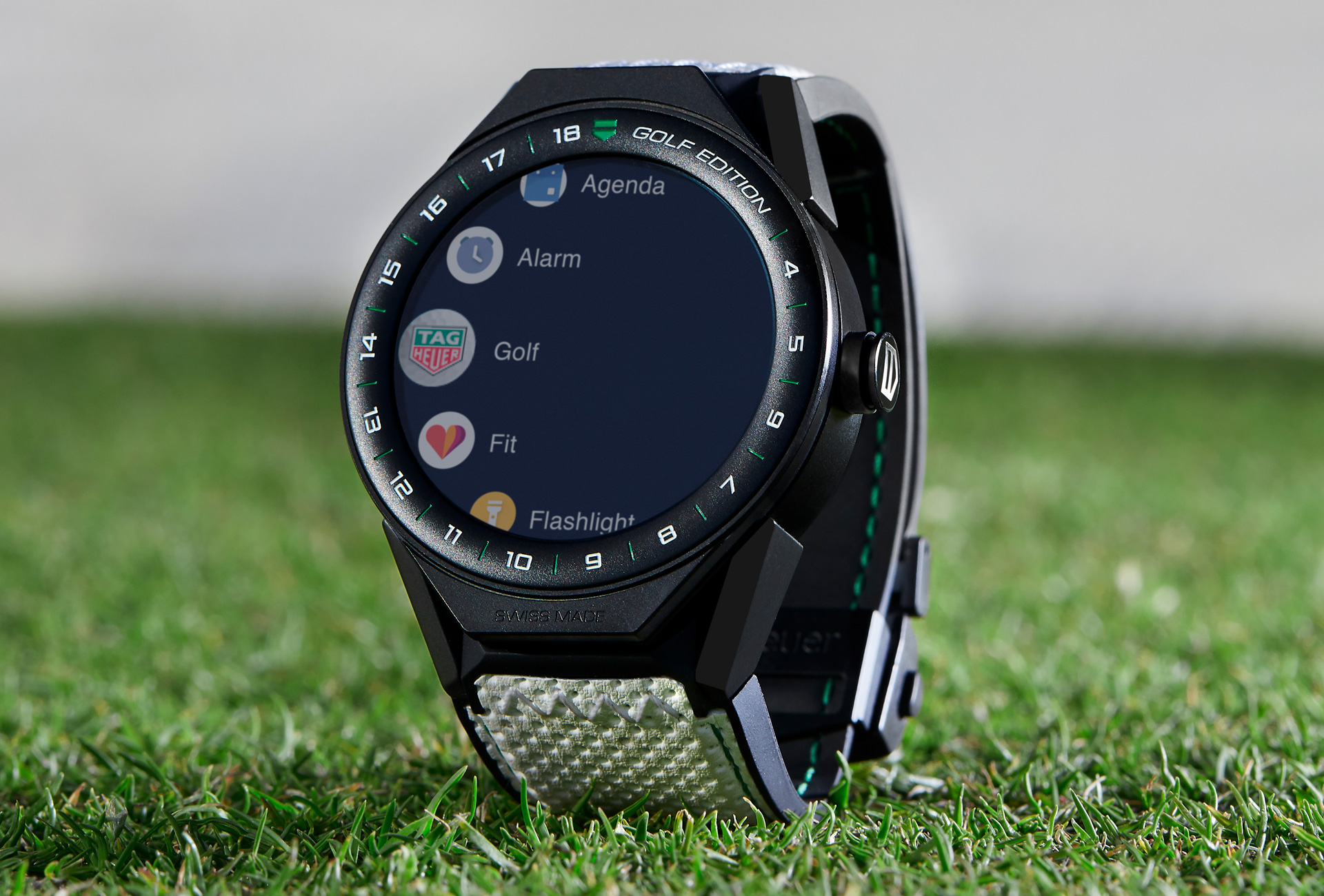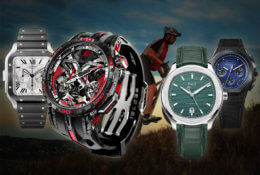Nearly half a century since the debut of the first luxury sport watch, the Audemars Piguet Royal Oak, we are starting to see a new evolution of the sport watch category, as the rise of technology like smartwatches together with increased competition among professional athletes creates a growing interest in sport watches that can truly perform. Once again, people are looking for more than a luxury sport watch that is equally suitable for a casual scrimmage at a backyard barbeque as it is a day at the office. What they now want is a true sport watch that is rugged enough to wear during play – a sport watch that fulfils its original purpose.
Significance of the luxury sport watch
Sport watches were originally designed with a specific intention in mind, much like tool watches. Sometimes, the lines can even blur between these two categories. However, with tool watches form strictly follows function, whereas with sport watches there is more balance between design and utility. This distinction has become increasingly apparent since the 1970s and the advent of the luxury sport watch, which combines the design elements of a dress watch with the capabilities of a sport watch. In some respects, the luxury sport watch diminishes the initial purpose of the sport watch and, instead, seems to reflect a larger trend in fashion. Denim, once reserved for the working class, is now a staple in designer collections. There are athleisure-inspired looks on the runway at Fashion Week. Outside of a few select industries, business casual has become more standard in the workplace. In a way, the luxury sport watch has become the new dress watch.
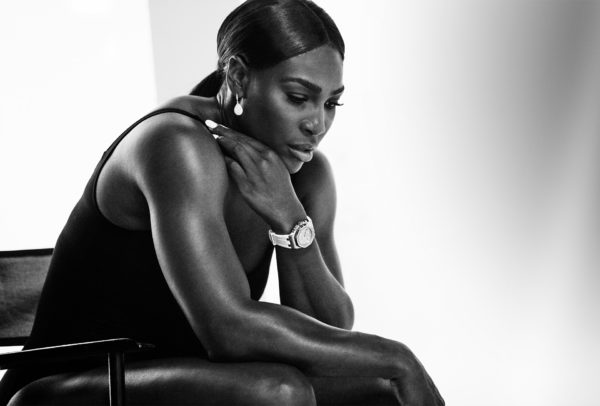
Perhaps this trend goes back even further than the Royal Oak. Jaeger-LeCoultre created the Reverso in the 1930s to serve the players of one of the most brutal sports in the world: polo. In polo, a watch must be able to withstand more than the weight of another player or force of a relatively malleable ball, like a football. Instead, polo players must endure the blow of a powerful mallet or hard polo ball, all on horseback. Most watches could not stand up. Enter the Reverso, a watch that captured the popular Art Deco aesthetic of the era. However, despite its charming appearance, the Reverso is actually quite heavy and bulky on the wrist. Jaeger-LeCoultre built it thoughtfully and robustly with a patented rotating case comprised of roughly 30 parts. It truly feels more like a tool for the wrist than your average watch. Yet it was not long before the style-conscious made the Reverso their own. Soon, the solid metal portion of the case that was initially intended to be a protective shield for the crystal was turned into a canvas for personalized engravings. Even a watch like the Reverso was relegated to a fashion statement.
Influence of the smartwatch
Luxury sport watches like the Reverso and Royal Oak continue to have their place in horology, fashion, and the hearts of collectors. However, they cannot compete with innovations like the smartwatch. As a result, some traditional mechanical watchmakers are starting to dabble in smartwatch technology. TAG Heuer was one of the first brands to do so with the Connected and later the Golf, a watch specifically optimized for play. The functionality of this watch is pretty impressive. It displays the distance to greens and hazards with accuracy to one meter. It measures shot distances, records scores, and shows 3D renderings of nearly 40,000 courses around the globe. Yet visually, the watch itself lacks charisma. The design of the watch – from its sandblasted titanium case to its bezel denoting the eighteen holes of a golf game – is entirely purpose-driven: the fashion community is unlikely to be repurposing this model as a stylish accessory anytime soon. In this respect, a model such as the TAG Heuer Golf captures the spirit of the sport watch in that it is strictly utilitarian. At the end of the day, however, it is more a piece of technology than a piece of horology.
Impact of partnerships with pro-athletes
Other manufacturers are going straight to the source and engaging professional athletes to help design the optimal sport watch for play. Though official partnerships are of the modern era, work between watch brands and athletes has been going on for decades. In the 1970s, Tudor featured champion water skier Leigh Hansen in an ad for the Princess Oyster Date, while Heuer featured renowned racer and actor Steve McQueen in ads for the Monaco. For years, you could easily find a player wearing a watch in an ad or a post-game interview, but World Golf Hall of Fame Phil Mickelson was considered unconventional for wearing a Rolex on the green. Now attitudes have changed, particularly in the past decade, and it’s become commonplace for athletes to wear a watch during play. For instance, tennis legend Serena Williams typically wears an Audemars Piguet on the court.
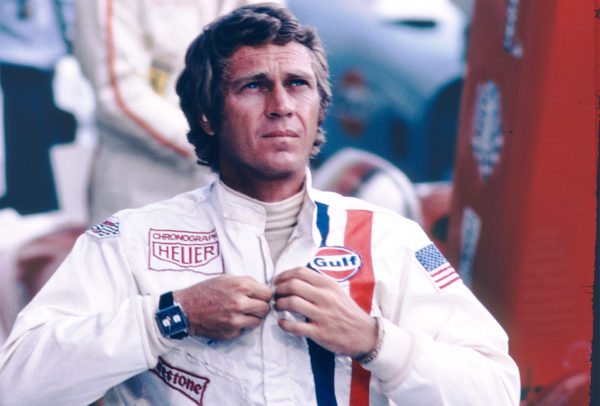
One manufacturer in particular has taken note of this growing trend: Richard Mille. Since coming on the scene in 2001, the brand has been laser-focused on creating some of the most performance-driven watches on the market. Given the founder’s love of racing, the brand takes a similar approach to designing its watches as this industry designs cars. As a result, modern materials and production techniques have been at the forefront of Richard Mille’s creations. This includes borrowing materials typically used in other areas such as automobiles and aerospace, and applying them to watches. These components and techniques have enabled Richard Mille to develop some of the most lightweight and shock-resistant watches ever made. It comes as no surprise they are perfectly suited for professional athletes like golfer Bubba Watson, tennis player Rafael Nadal, and even American footballer Odell Beckham Jr.
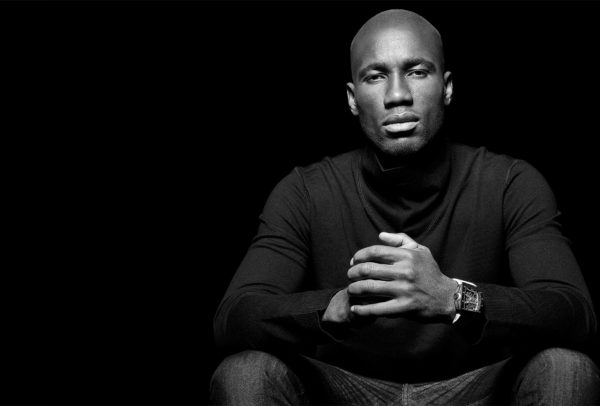
The only downside of the brand is that it is inaccessible to the common consumer, with an average retail price of USD 200,000. Maybe this means the future of the sport watch comes at a price… or perhaps the next great sport watch has yet to come. Experimentation with new materials and methods is not just reserved for a brand like Richard Mille. It is becoming increasingly prevalent in the industry and will hopefully lead to more truly performance-driven sport watches at more attainable price points in the near future.







